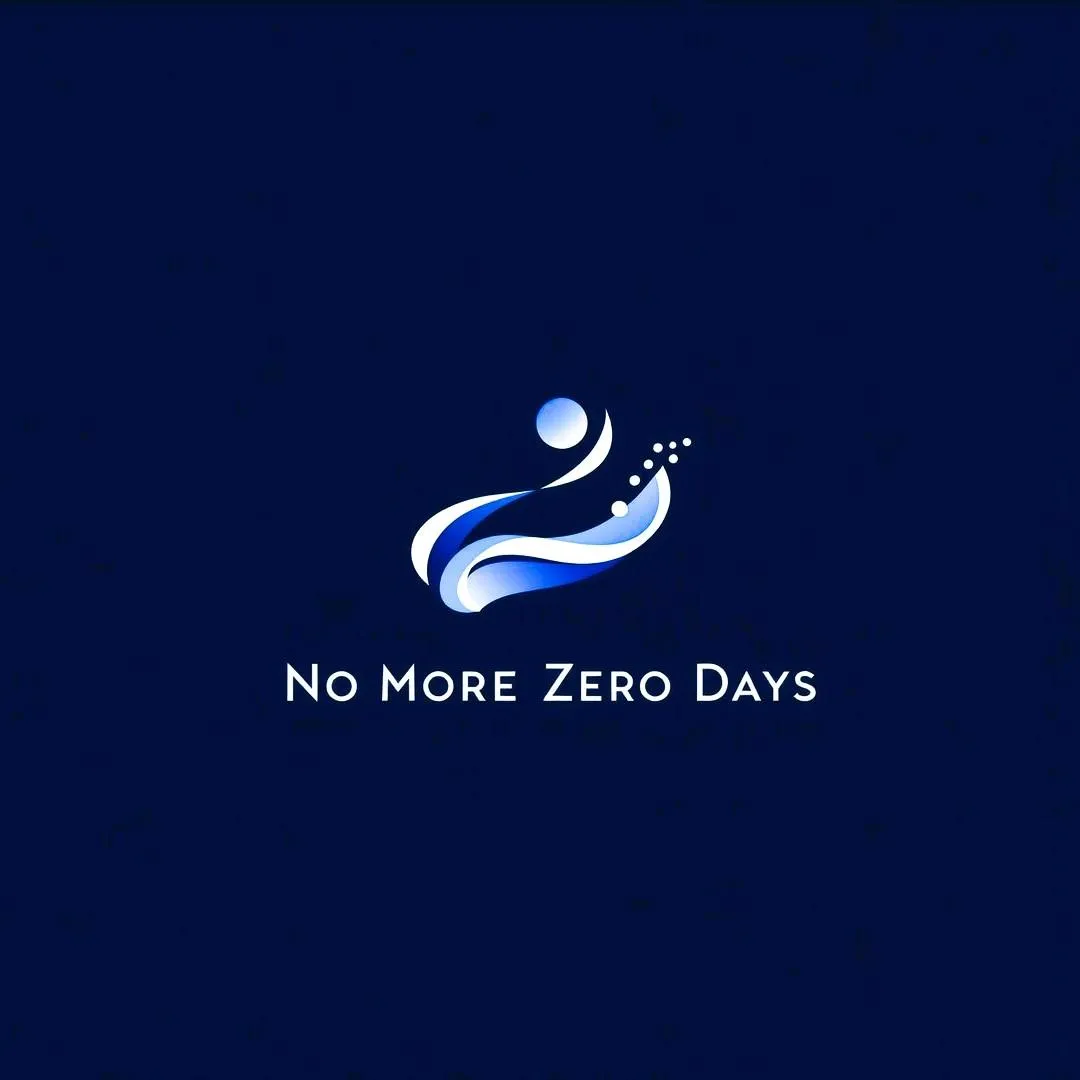
The Ultimate Guide to Local Search Dominance: How to Win at Google’s Distance Game
You’re desperately craving the perfect slice of pizza at 9 PM on a Tuesday. You whip out your phone, type “pizza near me,” and within seconds, Google serves up a list of nearby pizzerias. But have you ever wondered why Tony’s Pizza Parlor appears first, while Giovanni’s authentic Italian joint doesn’t even make the first page?
Welcome to the fascinating world of local search rankings, where distance matters, but it’s not the only player in the game. Understanding how Google decides which businesses deserve the spotlight can transform your local business from invisible to irresistible. With Google’s major Local Ranking Algorithm Update on January 4, 2024, causing unprecedented volatility in local search rankings, the stakes have never been higher.
The Evolving Landscape of Local Search in 2025
The local search landscape has experienced significant turbulence in recent years. Google launched seven official and confirmed algorithmic updates in 2024, four core updates and three spam updates, each reshaping how businesses appear in local search results. The most impactful was the March 2024 core update, which was massive, updating several systems within the core algorithm, as well as introducing a few new significant spam policies.
More recently, the June 2025 core update is currently rolling out, bringing fresh changes to how Google evaluates local businesses. These updates underscore the importance of staying current with local SEO best practices and adapting strategies as algorithms evolve.
The Big Three: Google’s Local Search Trinity
The three primary local SEO ranking factors are relevance, proximity, and prominence. Think of these as Google’s golden triangle – each side supporting the others to create a strong local search presence.
1. Proximity: The Distance Factor That’s More Complex Than You Think
Let’s start with the obvious one: how close you are to your potential customers. But here’s where it gets interesting: proximity isn’t just about raw distance. Google’s algorithm considers several distance-related factors:
Urban vs. Rural Dynamics: In bustling city centers, businesses within a tight 1-5 mile radius typically dominate local search results. The competition is fierce, and customers expect convenience. However, in rural or suburban areas, that sweet spot expands to 5-10 miles, simply because there are fewer options scattered across a larger area.
The 20-Mile Exception: Here’s where prominence kicks in. A well-established business with stellar reviews and a strong online presence can sometimes appear in search results even when it’s 10-20 miles away from the searcher. That’s the power of reputation overriding pure geography.
Context Matters: The type of business also influences proximity weight. Emergency services, convenience stores, and fast food restaurants need to be within immediate reach (1-3 miles in urban areas). In contrast, specialized services like wedding photographers or attorneys can effectively compete from greater distances.
2. Relevance: Speaking Google’s Language
Relevance refers to how well your business aligns with what someone is searching for. It’s not enough to be the closest bakery if someone is specifically looking for “gluten-free cupcakes” and you don’t offer them.
Search Intent Evolution: Google’s algorithm has become increasingly sophisticated at understanding search intent. When someone searches for “emergency plumber,” Google knows they need immediate help and will prioritize businesses that explicitly mention emergency services, even if they’re slightly farther away.
Keyword Optimization Strategy: The key is understanding search intent and matching it with your business information. Businesses should optimize their GBP by ensuring that all predefined services are selected and fully described, as they can directly influence ranking.
3. Prominence: Your Digital Reputation Score
Prominence measures how well-known and trusted your business is online. It’s Google’s way of saying, “We trust this business enough to show it to our users.” This encompasses everything from your review profile to the frequency with which other websites mention your business.
The Trust Factor: Google evaluates trust through multiple signals – consistent NAP (Name, Address, Phone) across the web, quality backlinks from local websites, and engagement metrics. A prominent business doesn’t just have good reviews; it has a comprehensive digital footprint that validates its legitimacy.
Your Google My Business Profile: The Digital Storefront That Never Sleeps
Your Google My Business (GMB) profile is essentially your digital storefront, and like any storefront, first impressions matter. According to Google, businesses with fully optimized profiles are 2.7 times more likely to be trusted by customers.
The Complete Profile Advantage: A complete GMB profile includes accurate business information, multiple high-quality photos, regular posts, customer Q&A, and up-to-date hours. Every missing piece of information is an opportunity for competitors to gain an edge.
The NAP Consistency Rule: Your business name, address, and phone number (NAP) must be identical across your GMB profile, Website, and all online directories. Even a minor inconsistency, like writing “Street” instead of “St.”, can confuse Google’s algorithm and hurt your rankings.
Photos That Convert: High-quality images aren’t just for show. Businesses with photos receive 42% more requests for directions and 35% more click-throughs to their websites. Upload photos of your storefront, products, team, and happy customers. Fresh photos signal to Google that your business is active and engaged.
The Power of Regular Updates: Regularly update your profile with new photos, posts, and customer Q&A. Google loves fresh content, and businesses that post updates weekly typically see better local search visibility.
Hours and Holiday Management: Accurate hours are crucial, especially during holidays and special events. Businesses with incorrect hours see a 25% decrease in customer calls and visits. Utilize GMB’s special hours feature for holidays and temporary schedule adjustments.
The Review Revolution: Why Every Star Matters
Reviews are the modern word-of-mouth, and they carry enormous weight in local search rankings. But it’s not just about collecting five-star reviews; it’s about creating a comprehensive review strategy.
Quality Over Quantity: A business with 50 detailed, authentic reviews will often outrank one with 200 generic “great service” reviews. Google’s algorithm has become sophisticated at detecting fake reviews and values authentic, detailed feedback.
The Response Factor: Responding to reviews, both positive and negative, signals to Google that you’re an active, engaged business owner. This responsiveness can boost your local search rankings and demonstrate to potential customers that you prioritize their experience.
Recent Reviews Rule: Fresh reviews carry more weight than old ones. A business with recent reviews signals to Google that it’s currently active and serving customers. Aim for steady review acquisition rather than sporadic bursts of activity.
Review Sentiment Analysis: Google’s AI can analyze review sentiment beyond star ratings. Reviews mentioning specific services, staff members, or unique business features provide more value than generic praise.
The Negative Review Opportunity: Don’t Fear Negative Reviews, embrace them as opportunities. A thoughtful response to criticism can improve your local search rankings and demonstrate customer service excellence to potential customers.
Local Citations: Building Your Digital Footprint
Local citations are mentions of your business’s name, address, and phone number across various online directories and websites. Think of them as digital breadcrumbs that help Google understand and trust your business.
The Consistency Challenge: Your NAP information must be consistent across all platforms. This includes major directories like Yelp, Yellow Pages, and industry-specific directories. Inconsistencies can confuse Google and dilute your local search authority.
Quality Over Quantity: Google’s local ranking factors are now powered by machine learning and AI. The algorithm prioritizes the quality and relevance of citations over sheer volume. A citation from a reputable local business directory carries more weight than dozens from low-quality sites.
Industry-Specific Directories: Don’t overlook niche directories relevant to your industry. A restaurant listing on Zomato or a contractor profile on Angie’s List can significantly boost local search visibility within those specific sectors.
Citation Cleanup: Regularly audit your citations for accuracy. Outdated information, especially from business relocations or phone number changes, can harm your local search performance.
User Engagement: The Invisible Ranking Factor
Searcher engagement is increasingly important in Google’s algorithm. This often overlooked factor measures how users interact with your business listing.
The Click-Through Rate Game: When users click on your listing, call your business, or request directions, it sends positive signals to Google. High engagement rates suggest that your listing is relevant and valuable to searchers.
The Bounce Rate Reality: If users quickly return to search results after clicking your listing, it may indicate that your business information doesn’t match what they’re looking for. This can negatively impact your rankings.
Dwell Time Importance: The time users spend on your Website after clicking from local search results affects your rankings. Engaging content and fast loading times improve dwell time and signal quality to Google.
Mobile Engagement Optimization: With most local searches happening on mobile devices, optimize for mobile engagement. This includes click-to-call buttons, mobile-friendly websites, and location-based features.
Social Signals: The Supporting Cast
While not a primary ranking factor, social media presence and activity can influence your local search visibility. An active social media presence can drive traffic to your Website and GMB profile, creating positive engagement signals.
Local Social Media Strategy: Focus on local engagement rather than follower count. Posts about local events, community involvement, and local partnerships resonate more with both customers and Google’s local algorithm.
Social Proof Integration: Encourage customers to share their experiences on social media and tag your business. User-generated content offers authentic social proof that can positively impact local search rankings.
Cross-Platform Consistency: Ensure your business information is consistent across all social media platforms. This reinforces your NAP consistency and strengthens your overall digital footprint.
The Mobile-First Reality
With most local searches now occurring on mobile devices, your online presence must be optimized for mobile use. This means fast-loading websites, easy-to-find contact information, and a seamless mobile experience.
Click-to-Call Optimization: Make it easy for mobile users to contact you directly from search results. A prominent phone number in your GMB profile and Website can significantly improve your local search performance.
Mobile Page Speed: Google prioritizes businesses with fast-loading mobile websites. Optimize images, minimize code, and utilize Accelerated Mobile Pages (AMP) where applicable.
Local Mobile Features: Leverage mobile-specific features, such as location-based notifications, QR codes for menu access, and mobile-only promotions, to enhance user engagement and interaction.
Advanced Strategies for 2025
Hyperlocal Content Marketing
Create content that speaks to specific neighborhoods or local events. Blog posts about local happenings, community involvement, or neighborhood-specific services can boost your local relevance.
Neighborhood-Specific Landing Pages: Develop dedicated pages for each area you serve. A plumber might create separate pages for “Emergency Plumbing in Downtown” and “Residential Plumbing in Suburbs.”
Local Event Participation: Sponsor or participate in local events and create content around these activities. This builds community connections and generates local backlinks.
Technical SEO for Local Success
Local Schema Markup: Implement local business schema markup on your Website to help Google better understand your business information. This structured data can improve your chances of appearing in local search results.
Voice Search Optimization: With the rise of voice assistants, optimize for natural language queries. People are more likely to ask, “Where’s the best pizza place near me?” rather than typing “pizza restaurant.”
Local Link Building: Build relationships with local businesses, chambers of commerce, and community organizations to earn high-quality local backlinks.
Industry-Specific Strategies
Restaurants and Food Services
Menu Optimization: Include popular dishes and dietary options in your GMB profile. Utilize high-quality food photography and regularly update seasonal menus.
Delivery and Takeout Features: Indicate delivery areas and partner with popular delivery platforms. Update your GMB profile with accurate delivery information.
Contractors and Service Businesses
Service Area Definitions: Clearly define your service areas in your GMB profile. Be specific about the neighborhoods and cities you serve.
Before/After Galleries: Showcase your work with compelling before/after photos. Visual proof of quality work can significantly impact local search performance.
Emergency Services: If you offer emergency services, prominently feature this information in your profile and Website. Emergency searches often have different ranking criteria.
Retail and E-commerce
Inventory Integration: Use Google’s merchant center to display product availability and pricing directly in local search results.
Local Pickup Options: Offer local pickup options and highlight this service in your GMB profile. This can give you an advantage over purely online competitors.
Real-World Success Stories
Recent case studies have shown impressive results, with one e-commerce brand achieving significant growth in just 28 days by utilizing AI-enhanced SEO campaigns. Another example demonstrates how a business went from a barely noticed Website to 22,800 organic clicks in just six months, without spending a cent on ads.
These success stories share common elements: consistent optimization, focus on user experience, and adaptation to algorithm changes. The businesses that succeeded didn’t rely on shortcuts; instead, they built comprehensive local search strategies.
Common Pitfalls to Avoid
Keyword Stuffing: Avoid cramming keywords into your business description. Google’s algorithm is sophisticated enough to detect and penalize this practice.
Fake Reviews: Never buy fake reviews or incentivize positive reviews inappropriately. Google’s review detection systems are increasingly sophisticated.
Inconsistent Information: Ensure all your business information is consistent across all platforms. Inconsistencies can confuse Google and harm your rankings.
Neglecting Negative Feedback: Address negative reviews promptly and professionally. Ignoring criticism can hurt both your reputation and search rankings.
Measuring Your Success
Track your local search performance using Google My Business Insights, Google Analytics, and local search ranking tools. Monitor metrics like:
Local search impressions and clicks
Direction requests and phone calls
Review frequency and ratings
Website traffic from local searches
Conversion rates from local traffic
Monthly Reporting: Create monthly reports to track progress and identify areas for improvement. Focus on metrics that directly impact business growth, not just rankings.
Competitive Analysis: Regularly analyze your competitors’ local search strategies to stay ahead of the curve. Identify gaps in their approach and opportunities for differentiation.
The Future of Local Search
As we move through 2025, several trends are shaping the future of local search:
AI Integration: Google’s increasing use of AI in search results means businesses need to focus on providing genuine value and excellent user experiences.
Voice Search Growth: The continued growth of voice search requires optimization for conversational queries and local intent.
Visual Search: Image and video content are becoming more important in local search results. Businesses should invest in high-quality visual content.
Sustainability Focus: Consumers increasingly value environmentally responsible businesses. Highlighting sustainable practices can improve local search visibility.
The Bottom Line
Local search success in 2025 isn’t about gaming the system – it’s about genuinely serving your local community and providing value to potential customers. While proximity matters, it’s the combination of relevance, prominence, and user engagement that creates lasting local search success.
The businesses that thrive in local search are those that understand their customers, maintain a consistent online presence, and continuously adapt to algorithm changes. With the March 2025 core update showing similar volatility to the December 2024 update, the health and finance industries are seeing the most significant ranking fluctuations. Staying agile and responsive to changes is crucial.
Remember, local search is an ongoing process, not a one-time setup. Regular optimization, fresh content, and genuine customer engagement are the keys to staying visible in an increasingly competitive local landscape. The algorithm updates of 2024 and 2025 have shown that Google continues to prioritize user experience and authentic business practices over manipulative tactics.
Whether you’re a restaurant owner trying to fill tables or a contractor looking for new clients, mastering local search is no longer optional – it’s essential for business growth in the digital age. Start implementing these strategies today, monitor your results consistently, and be prepared to adapt as Google’s algorithm continues to evolve. The businesses that commit to long-term local search excellence will be the ones that dominate their local markets in 2025 and beyond.
Cheers and all the Best, Timothy







Instagram
LinkedIn
Youtube
X